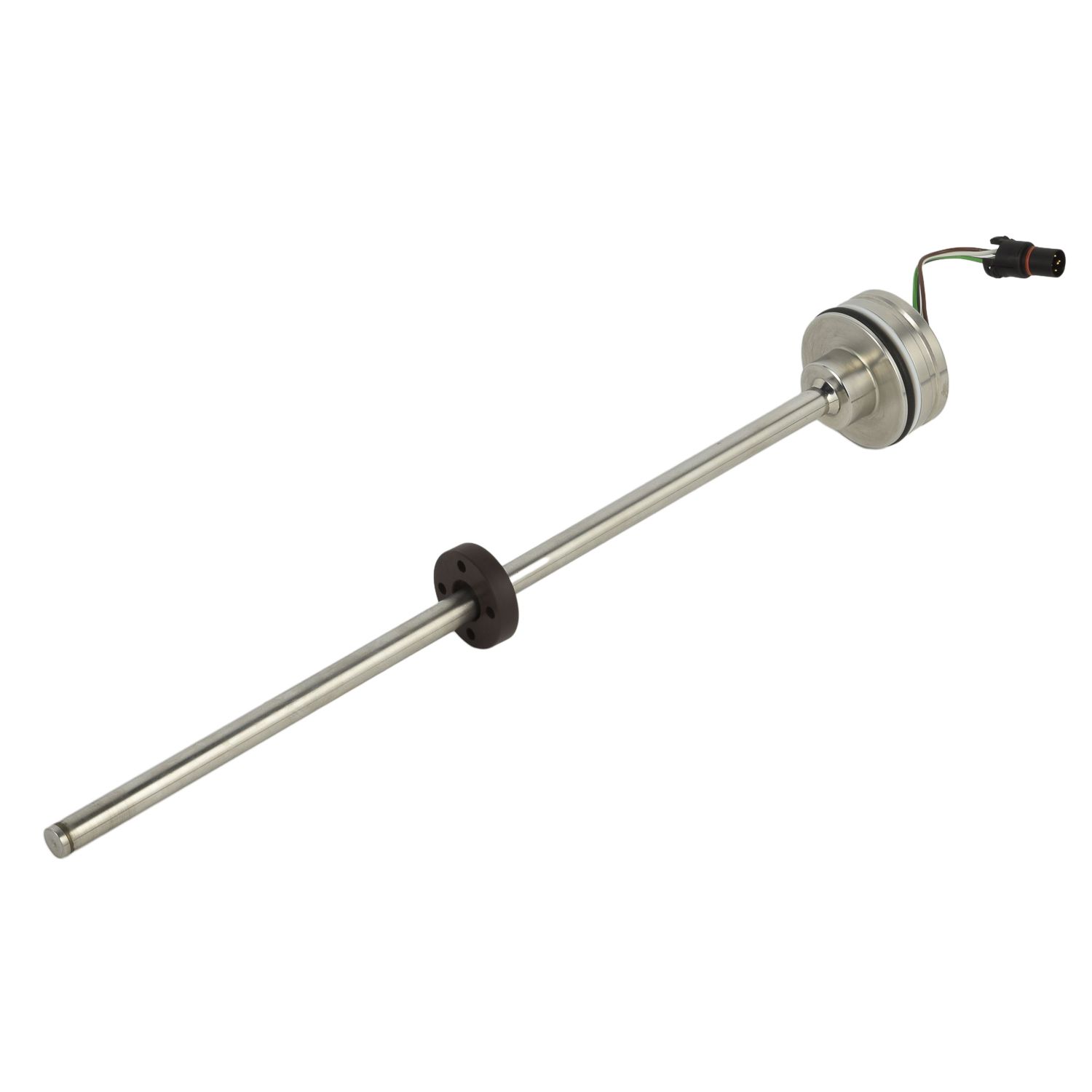How do magnetostrictive sensors support multi-target detection?
At the core of magnetostrictive sensing technology lies the ingenious principle of magnetostriction - a phenomenon where ferromagnetic materials undergo mechanical deformation when exposed to magnetic fields. This fundamental physical property enables these sensors to detect multiple targets simultaneously with remarkable precision. Unlike conventional sensing technologies that struggle with distinguishing between closely spaced objects, magnetostrictive sensors leverage the unique interaction between magnetic fields and mechanical waves to achieve unparalleled multi-target detection capabilities.
The operational mechanism begins when a current pulse travels through the sensor's waveguide, generating a circumferential magnetic field that interacts with permanent magnets positioned on target objects. This interaction produces torsional stress waves that propagate along the waveguide at ultrasonic speeds. The sensor precisely measures the time delay between the transmitted pulse and returning waves, calculating the exact positions of multiple targets with sub-millimeter accuracy. This time-domain reflectometry approach allows continuous monitoring of several targets along a single waveguide, making it ideal for complex industrial environments.
What sets magnetostrictive sensors apart in multi-target scenarios is their exceptional resolution and immunity to environmental interference. These sensors maintain reliable performance even in challenging conditions involving temperature variations, humidity, dust, or electromagnetic interference. Their robust construction ensures consistent operation in industrial settings where conventional optical or capacitive sensors might fail. The ability to simultaneously track multiple targets without signal degradation makes them particularly valuable for applications requiring precise positional data across several measurement points.

Industrial implementations demonstrate remarkable versatility across sectors. In manufacturing automation, these sensors monitor multiple robotic arm positions simultaneously, ensuring synchronized operations. In hydraulic systems, they track the positions of several piston heads within single cylinders, enabling precise control of heavy machinery. The energy sector employs them for monitoring floating roof tanks, where they simultaneously measure multiple roof support positions and product levels. This multi-target capability significantly reduces installation complexity and maintenance requirements compared to using multiple single-point sensors.
The non-intrusive nature of magnetostrictive sensing presents significant advantages for structural health monitoring. Civil engineers deploy these sensors along bridges and buildings to monitor multiple stress points simultaneously, detecting micro-deformations long before they become visible. The technology's ability to provide real-time data from numerous locations using a single sensor array revolutionizes predictive maintenance strategies. This capability proves particularly valuable in inaccessible or hazardous environments where traditional inspection methods would be impractical or dangerous.
Advanced signal processing techniques further enhance multi-target detection capabilities. Modern magnetostrictive sensors incorporate sophisticated algorithms that filter noise and distinguish between closely spaced targets. Digital signal processors analyze wave patterns to identify individual targets even when separated by mere millimeters. This computational power, combined with the physical principles of magnetostriction, creates a detection system that outperforms conventional technologies in both accuracy and reliability for multi-target applications.
Future developments focus on expanding these capabilities through miniaturization and increased integration with IoT platforms. Researchers are working on wireless magnetostrictive sensor networks that can monitor hundreds of points across large structures. These advancements promise to make multi-target detection even more accessible and cost-effective, opening new possibilities in smart infrastructure monitoring, advanced manufacturing, and precision agriculture. The ongoing evolution of this technology continues to push the boundaries of what's possible in simultaneous multi-point sensing and measurement.
 UpgradingYourLevelMeasurementS
UpgradingYourLevelMeasurementS
 Why are magnetostrictive level
Why are magnetostrictive level
 ComparingMagnetostrictiveandRa
ComparingMagnetostrictiveandRa
 MagnetostrictiveLevelSensorfor
MagnetostrictiveLevelSensorfor
